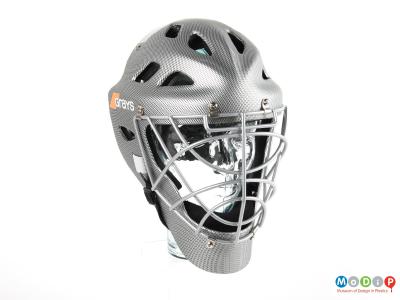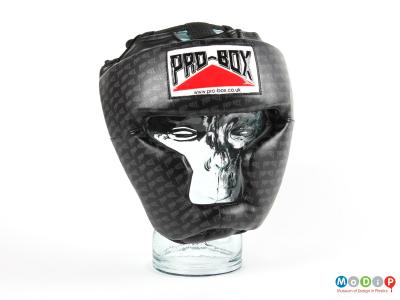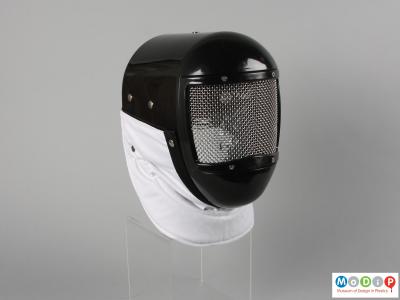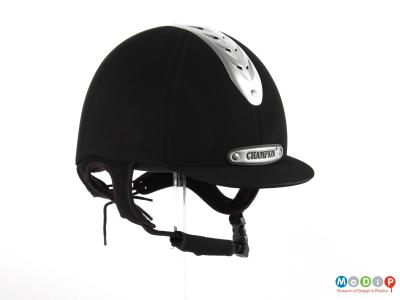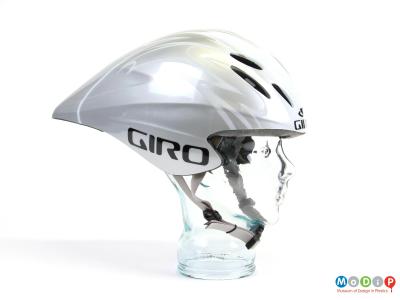During many sports there is a significant risk that an athlete’s head could sustain an injury through falling or being hit by a projectile. This particular risk is high in field hockey and the most dangerous position to play in is that of goalkeeper. The Grays G600 helmet (1) with its face grill and back panel protects the goalkeeper from the ball, which will often be shot towards him or her at high speed, as well as being hit by hockey sticks or falling back into the goal posts.
Professional boxers use a head guard only during training when sparring, but as Olympic boxing is an amateur sport, athletes are expected to wear head protection during competition as well. A blow to the head can knock out a fighter and potentially cause significant brain damage. The Pro-box head guard (2) has a high shock absorbing foam safety filling which is covered in a stabilised ethylene vinyl acetate covering which helps to dampen any blow to the face and head.
When learning to fence children aged between 8 and 15 years use plastic swords. This Midi Fence mask (3) uses polyester, nylon and cotton fabrics on a rigid, injection moulded polyethylene shell which offers the right balance between weight and protection for the young sports person. Adults would need a more robust helmet to protect from the metal sword they use.
In some sports, the headgear that an athlete wears has to provide additional benefits to the user other than just protecting the head from damage during an accident. Cycling and horse riding both carry the risk of falling and hitting the head on impact with the ground, at speed and from a height. Both sports need the rider to carry as little excess weight as possible so the helmet needs to be a hard working piece of equipment.
Equestrian events have a military background where the smart look of the rider is just as important as the points scored during competition. The Champion Evolution equestrian hat (4) is a modern and lightweight hat with a glass fibre shell and expanded polystyrene liner for maximum impact protection. It is covered in a soft and durable synthetic nubuck, and incorporates a stylish ventilated airflow system that helps to keep the head cool while under pressure.
The Giro Aero cycle helmet (5), used during road time trials and on the track, creates a smooth streamlined shape with the body and reduces the pockets of aerodynamic interference that can occur behind the head. The super smooth moulded polycarbonate surface hides a shock absorbing expanded polystyrene liner.

